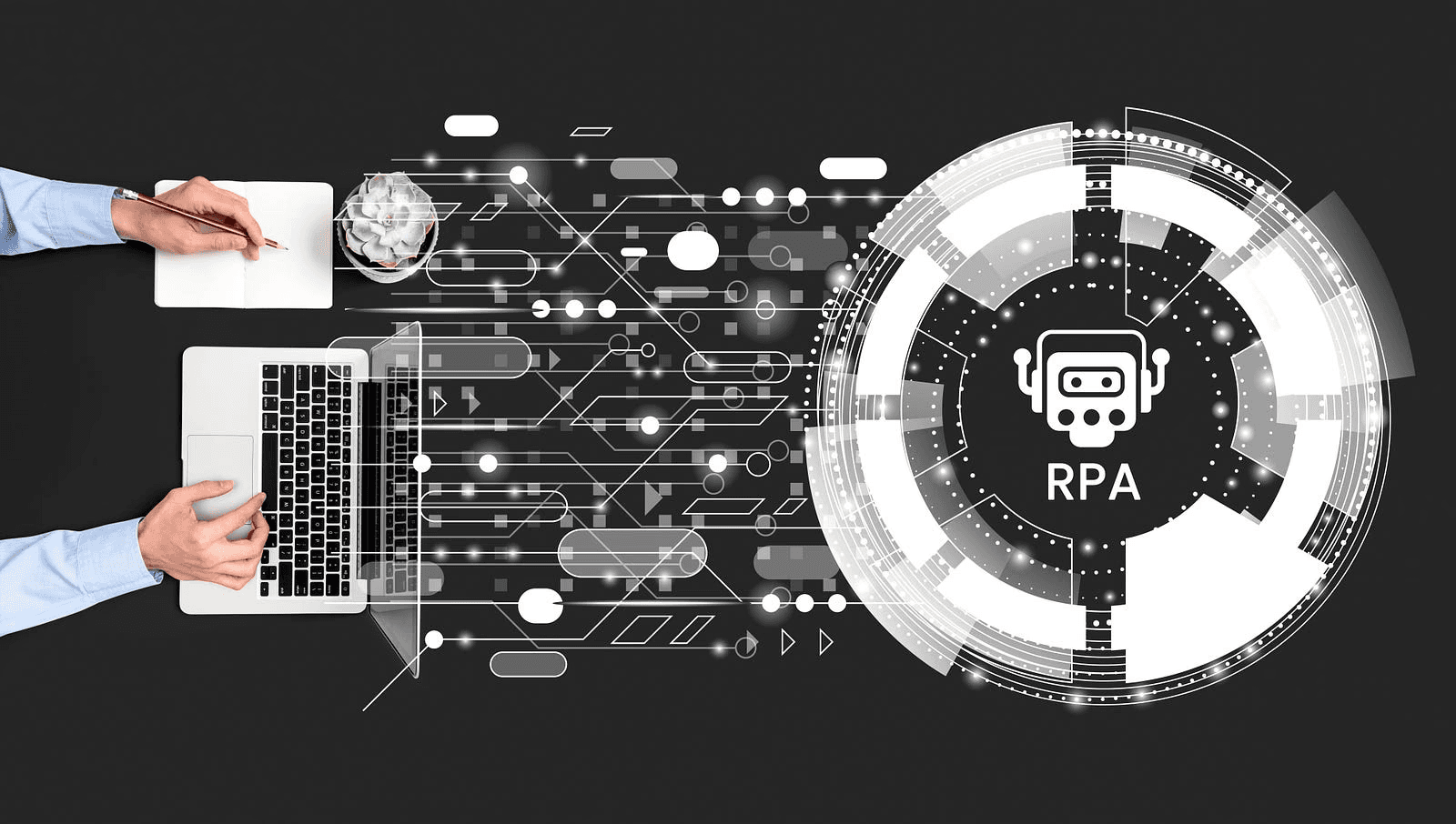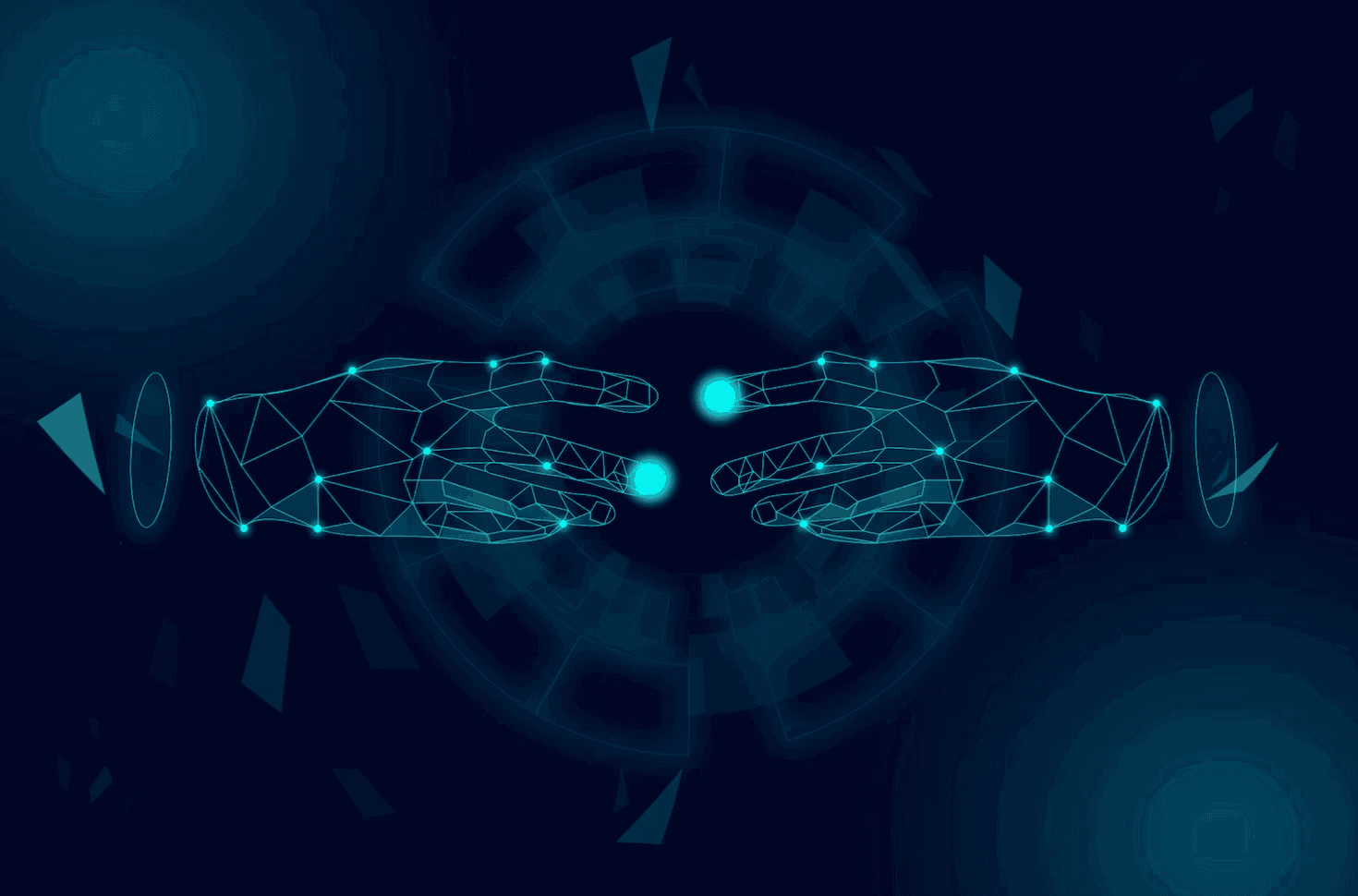
Mustafa Kürşat Yalçın
10 Min Read
Let's embark on this exciting adventure together. Welcome to the era of transformative chatbot experiences!
Introduction
Welcome to the exciting world of intelligent chatbots, where design, natural language processing (NLP), and robotic process automation (RPA) converge to create remarkable user experiences. In today’s digital age, chatbots have become indispensable in delivering efficient and personalized interactions, transforming how businesses engage with customers.
Imagine a chatbot that understands your queries, interprets your intentions, and responds in a conversational and contextually aware manner. This is made possible through applying NLP, which focuses on enabling computers to understand and process human language. NLP equips chatbots with the ability to comprehend the words you type or speak and the meaning and intent behind them. Chatbots become astute by utilizing advanced techniques like intent recognition, entity extraction, and sentiment analysis.
But the journey doesn’t stop there. To truly revolutionize the chatbot experience, we introduce the concept of RPA, -a game-changer- in automation technology. RPA empowers chatbots to go beyond simply understanding and responding to user inputs. It enables them to automate processes, interacts with backend systems, and retrieve or update information seamlessly.
Design plays a crucial role in shaping the effectiveness and appeal of intelligent chatbots. It goes beyond aesthetics and focuses on creating intuitive and user-friendly interfaces. The practical design ensures the chatbot feels natural and conversational, increasing user satisfaction and adoption rates.
This blog post will delve deeper into the symbiotic relationship between design, NLP and RPA, unravelling the mechanisms that drive intelligent chatbots. We’ll explore how NLP techniques enable chatbots to understand user inputs, adapt to individual preferences, and provide personalized recommendations.
We’ll also uncover the immense potential of RPA in automating tasks, simplifying workflows, and optimizing user experiences. By the end of this journey, you’ll be equipped with the knowledge to create chatbot experiences that leave a lasting impact on your users.
Stay tuned for the next section, where we’ll dive into NLP and explore how it empowers chatbots to understand and engage with their users truly.
Intelligent Chatbots: Your Personalized Conversational Partners for Accurate and Tailored Responses
The Synergy of Design, NLP, and RPA:
Embarking on the journey of designing intelligent chatbots is an exciting endeavour that brings together a powerful trio:
Design principles
Natural language processing (NLP) techniques
The transformative benefits of robotic process automation (RPA)
This section will delve into the essential components of designing chatbots, exploring how these elements harmoniously blend to create user-friendly, contextually aware, and task-automating chatbot solutions.
Design, the art of crafting delightful user experiences, is the foundation for intelligent chatbots. Chatbots are functional, visually appealing, and intuitive by embracing design principles. Thoughtful interface design ensures that users can effortlessly engage with chatbots, fostering a sense of familiarity and ease of use. From intuitive navigation to visually pleasing elements, design lays the groundwork for seamless interactions and optimal user satisfaction.
But design is only the beginning. NLP techniques unlock the potential of chatbots to understand and interpret user inputs, enabling natural and meaningful conversations. These techniques, including intent recognition, entity extraction, and sentiment analysis, empower chatbots to grasp the words and their true intention and context.

Yet, the power of intelligent chatbots continues beyond there. By incorporating RPA, chatbots transcend mere conversational capabilities, becoming versatile task automation. RPA allows chatbots to automate complex processes, seamlessly interacting with backend systems and databases to retrieve or update information swiftly and accurately. This automation supercharges chatbots, enabling them to handle tasks such as order placements, appointment scheduling, and data retrieval efficiently, freeing up valuable human resources for more critical endeavours.
Chatbot solutions emerge as multi-faceted conversational partners by synergistically integrating design, NLP, and RPA. These chatbots can understand users’ intentions, provide personalized responses, and autonomously perform tasks that streamline daily operations. Whether guiding customers through a purchasing journey or resolving support queries promptly, these intelligent chatbots are equipped to deliver unparalleled user experiences.

Understanding User Inputs: NLP for Chatbot Design:
Imagine having a chatbot that not only comprehends your words but also understands the nuances, intentions, and sentiments behind them. This level of intelligence is made possible through the remarkable capabilities of natural language processing (NLP). By understanding user inputs accurately, NLP empowers chatbots to provide more effective, personalized, and satisfying responses.
At the heart of NLP lies intent recognition, which enables chatbots to decipher the purpose or goal behind a user’s message. By analyzing the structure, keywords, and context of user inputs, chatbots can identify the user’s intention, whether it’s seeking information, purchasing, or assistance. This remarkable ability allows chatbots to promptly provide relevant and purposeful responses, streamlining user interactions and fostering engagement.
Entity extraction is another crucial aspect of NLP that helps chatbots identify specific entities or critical information within user inputs. Whether it’s extracting names, dates, locations, or any other relevant data, this technique empowers chatbots to comprehend and act upon specific user requests accurately.
For instance, a travel chatbot can extract departure and destination cities, travel dates, and preferences, enabling it to offer personalized travel recommendations or book flights seamlessly.
Understanding the sentiment behind user messages is yet another dimension where NLP thrives. Sentiment analysis enables chatbots to gauge the emotional tone or attitude expressed by users, whether it’s positive, negative, or neutral. Chatbots can adapt their responses by recognizing user sentiments accordingly and providing empathetic and contextually appropriate replies. So, that capability allows businesses to offer personalized support, address concerns promptly, and nurture positive customer experiences.

Real-world examples vividly demonstrate the impact of NLP in enhancing user interactions and overall satisfaction. Consider a customer support chatbot that uses intent recognition to promptly direct users to the appropriate support channels based on their queries. By leveraging entity extraction, the chatbot can retrieve order details, account information, or specific requests, expediting issue resolution.
Additionally, sentiment analysis enables the chatbot to detect frustrated or dissatisfied customers, escalating the conversation to a human agent for personalized assistance.
NLP’s strength enables chatbots to effectively read and interpret user inputs, opening the door for deeper and more individualized dialogues.
Streamlining Processes with RPA:
In the world of chatbot design, the integration of robotic process automation (RPA) brings a new dimension of efficiency and automation. RPA empowers chatbots to transcend conversational abilities, enabling them to automate tasks, seamlessly interact with backend systems, and update information on behalf of users.
Robotic process automation (RPA) represents the next frontier of automation technology. It empowers chatbots with the ability to emulate human actions by interacting with various software systems, databases, and applications. Chatbots may easily retrieve data through the use of APIs, web services, or screen scraping strategies, supporting a smooth data flow between users and backend systems.
Businesses can substantially boost their productivity by incorporating RPA into chatbot systems. Chatbots with RPA skills may do operations like placing orders, making appointments, and retrieving data, eliminating manual interaction and lowering the possibility of mistakes. Processes are simplified as a result of this automation, freeing up human resources for more intricate and strategic tasks.
One of the remarkable benefits of integrating RPA into chatbot solutions is the accelerated response time. This rapid response capability provides users with efficient service and immediate help, which enhances the user experience and increases customer satisfaction.
Integrating RPA enhances user experiences by reducing the need for platform switching and manual input. Chatbots directly interact with backend systems, streamlining processes that would otherwise involve complex interfaces and manual tasks.
Another significant benefit of RPA in chatbot design is the ability to handle complex and data-intensive processes. Chatbots can automate tasks involving data retrieval, manipulation, or integration across multiple systems. For example, a finance chatbot can retrieve account information, perform calculations, and generate personalized financial reports — all in real-time. By harnessing the power of RPA, chatbots become versatile and intelligent assistants, delivering tailored solutions to users’ needs.
Personalized and Efficient Chatbot Experiences:
In chatbot design, the dynamic duo of natural language processing (NLP) and robotic process automation (RPA) creates a groundbreaking synergy that delivers personalized and efficient user experiences.
In this section, we’ll explain how combining NLP and RPA in chatbot design revolutionizes interactions, empowering chatbots to adapt to user preferences, provide tailored recommendations, and automate tasks remarkably.
NLP plays a pivotal role in creating personalized chatbot experiences. NLP-powered chatbots can understand user preferences, adapt to individual conversational styles, and provide tailored recommendations.
These chatbots can learn and remember user preferences by analyzing previous conversations, user interactions, and data patterns, delivering customized solutions and recommendations that cater to specific needs. Whether it’s suggesting personalized products, recommending relevant content, or tailoring responses based on user preferences, NLP-powered chatbots create a sense of personalization that resonates with users.
RPA empowers chatbots to handle tasks like order placement, appointment scheduling, and customer support, eliminating the need for manual intervention.
The combination of NLP and RPA unlocks a world of possibilities for personalized and efficient chatbot experiences. Imagine a scenario where a travel chatbot understands your preferences, automatically books your flights, suggests customized itineraries, and even recommends local attractions based on your interests.
Challenges and Considerations:
Designing intelligent chatbots that harness the power of natural language processing (NLP) and robotic process automation (RPA) comes with its own challenges and considerations.
We’ll address these challenges head-on, discussing potential issues such as privacy concerns and data security and striking the right balance between automation and human intervention.
Additionally, we’ll provide valuable insights and best practices to overcome these challenges and ensure the responsible and effective implementation of NLP and RPA in chatbot design.
Privacy Concerns: As chatbots collect and process user data, privacy becomes paramount. It’s crucial to ensure that chatbots adhere to data privacy regulations and obtain explicit user consent for data usage. By implementing strong data protection measures, such as encryption, anonymization, and safe storage practices, chatbots can safeguard user information, building user trust and confidence.
Data Security: Robust data security measures are vital when designing chatbots that utilize NLP and RPA. Implementing strict access controls, regularly updating security protocols, and conducting thorough vulnerability assessments are essential.
Automation vs Human Intervention: Striking the right balance between automation and human intervention is critical for chatbot design. While automation brings efficiency, there are scenarios where human involvement becomes necessary. It’s important to define clear escalation paths, where chatbots seamlessly hand over conversations to human agents when needed. This hybrid approach ensures that users receive both the benefits of automation and human agents’ empathy and problem-solving abilities.
Ethical Use of Data: Designers must handle user data responsibly and ethically. Transparent communication regarding data usage, clear privacy policies, and obtaining user consent are vital elements. Additionally, ensuring that chatbots are trained on diverse datasets to minimize biases is crucial for fairness and inclusivity.
Continuous Learning and Improvement: NLP and RPA technologies evolve rapidly, and chatbots must keep up. Designers should adopt an iterative approach, constantly monitoring and analyzing chatbot performance. Chatbots can continually improve their accuracy, effectiveness, and overall user satisfaction by leveraging user feedback, conducting regular usability testing, and integrating user-centred design principles.
User Empowerment and Transparency: It is essential to give users control and transparency over their interactions with chatbots. Designers should offer clear options for users to manage their data, control privacy settings, and provide feedback. Transparently communicating the limitations of chatbots and setting realistic expectations.
In conclusion, integrating design, natural language processing (NLP), and robotic process automation (RPA) propels intelligent chatbots into a new era of transformative user experiences. With an accurate understanding of user inputs, seamless task automation, and personalized interactions, chatbots emerge;
efficient
context-aware
and user-centric solutions.
Design serves as the cornerstone of intelligent chatbot development, where aesthetics, usability, and user-centred principles converge. By incorporating design thinking, designers can create chatbot interfaces that are visually appealing, intuitive, and delightful to interact with.
NLP technology takes chatbots to new heights, enabling them to understand and interpret user inputs accurately. Through techniques like intent recognition, chatbots gain the ability to comprehend the nuances, meaning, and context of user queries.
RPA takes the efficiency of chatbots to another level by automating complex tasks and processes. This automation saves time, reduces errors, and frees up human resources for more value-added activities.
The alliance of NLP and RPA drives chatbots towards delivering transformative user experiences.
Picture a customer support chatbot that understands your query, automatically accesses relevant information through RPA, and provides an accurate solution within seconds.
Imagine an e-commerce chatbot that analyzes your preferences, showcases personalized recommendations, and even assists in completing your purchase seamlessly. These scenarios illustrate the tremendous impact chatbots can have when design, NLP, and RPA converge harmoniously.
By embracing this powerful synergy, designers can unlock the full potential of chatbots.
Let’s embark on this exciting journey and shape the future of user interactions together! Reach out to us!
If you like this article, you can check out our other articles.







